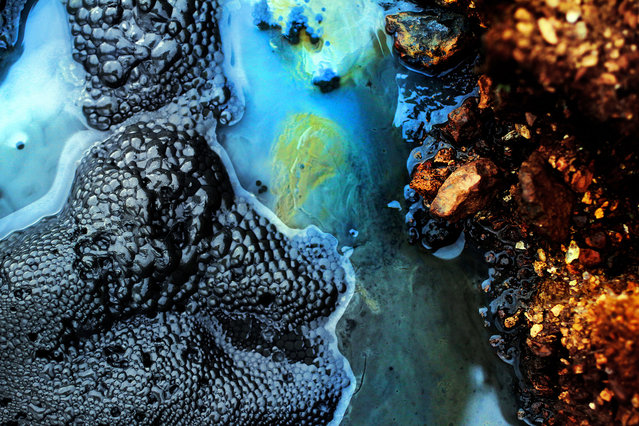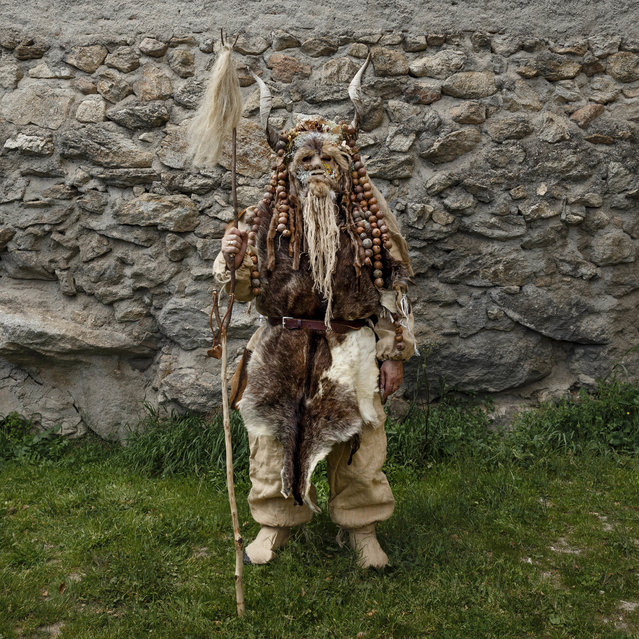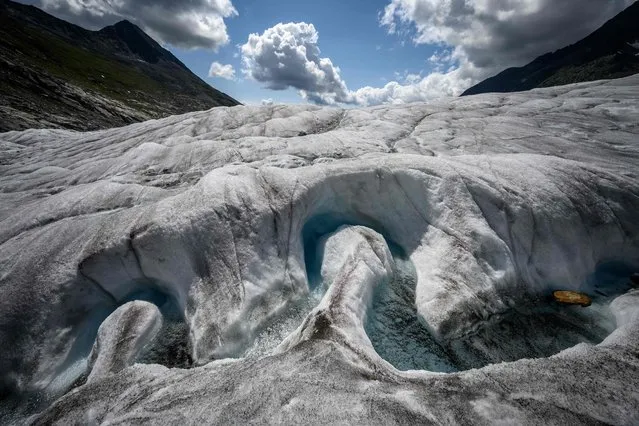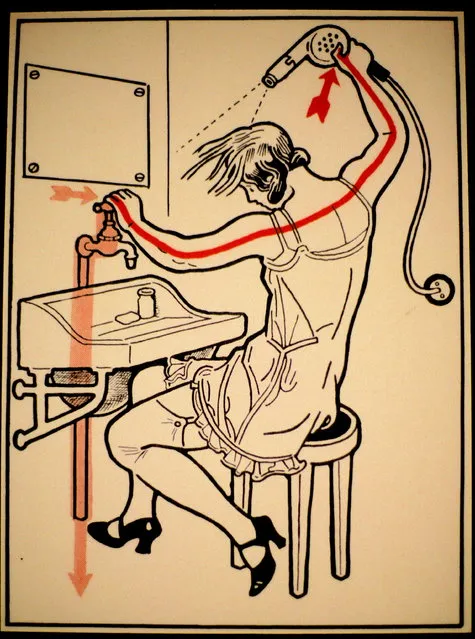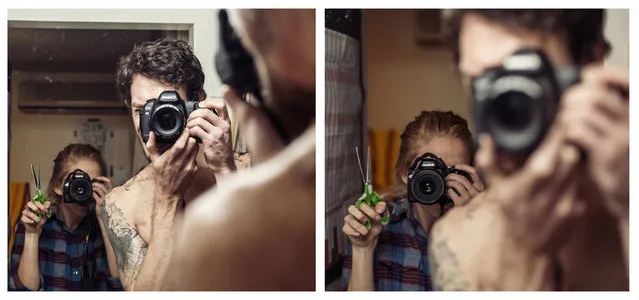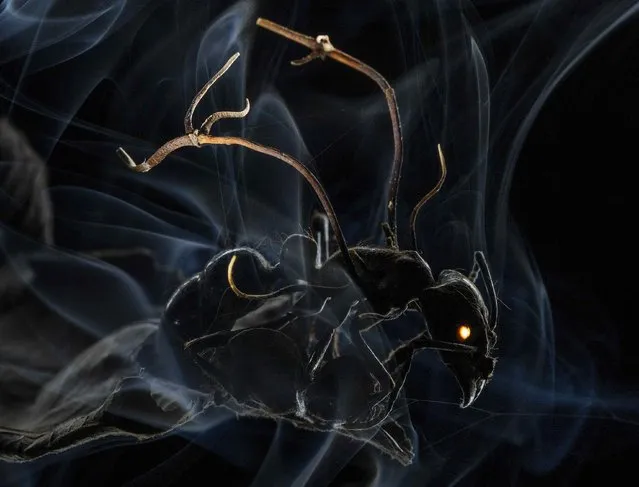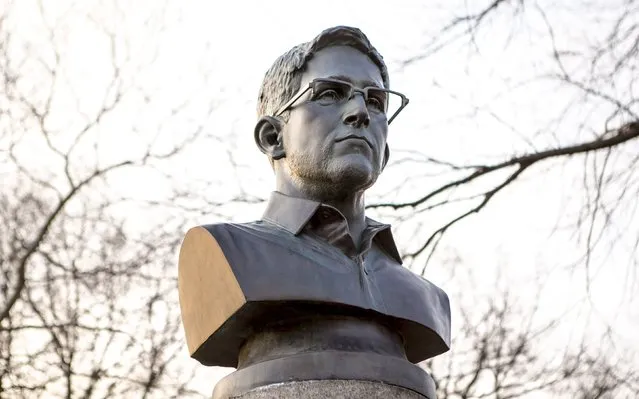
A large molded bust of Edward Snowden is pictured in Fort Greene Park at the Brooklyn borough of New York in this April 6, 2015 picture provided by ANIMALNewYork. A group of anonymous artists erected the 4-foot-tall bronze statue of Snowden, the former U.S. spy agency contractor famous for leaking classified information, in a New York City park overnight, officials said on Monday. (Photo by Aymann Ismail/Reuters/ANIMALNewYork)
07 Apr 2015 11:23:00,post received
0 comments

